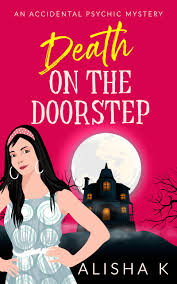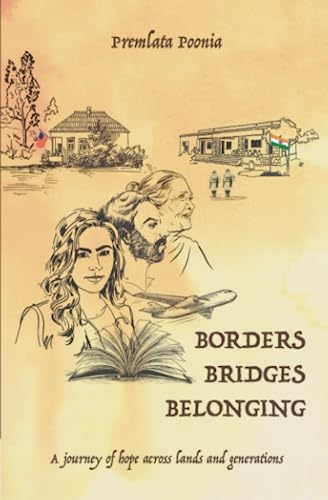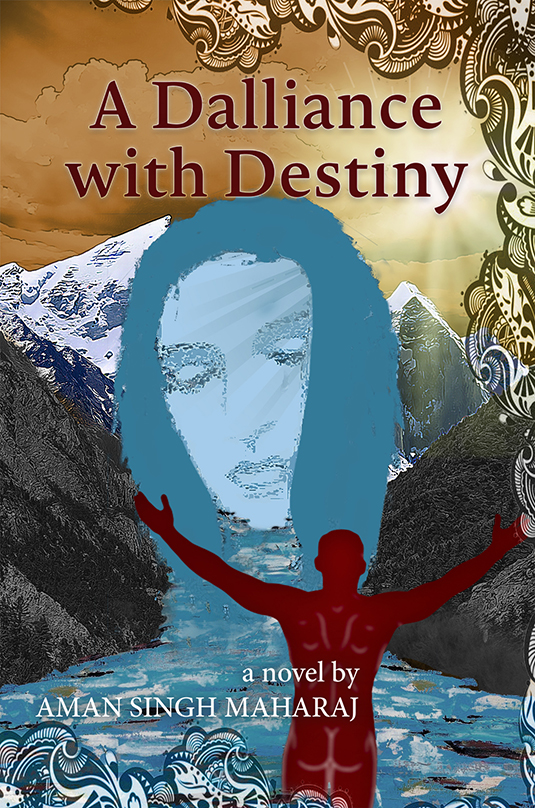How does a parent fight Death when death threatens to take her away before it takes away her child? Wait. What kind of a selfish parent is she, you wonder. Why does she want her child to die before she does?

Lata Gwalani’s hauntingly beautiful novel is about a mother’s lonely battle against Death and her constant battle with Life and everything that the Fates have thrown at her over the years : Nikhil, the special child, her 32 year old son who has been lying in bed wasting his years away staring at the ceiling. Divya, the younger daughter, bitter and resentful towards her mother whom she feels has neglected her. And Suraj, the husband who has taken the easy way out, and is hiding in the mountains under the garb of spirituality. Now, as Jaya faces her next battle, the most challenging one so far, she confronts her own mortality that looms ahead filling her with the sinking fear that she will die before her son. She realises that has to take a decision soon. A very, very difficult decision.
‘The only answers to the why are the lies we tell ourselves.‘
The writing is simple and beautiful, it leaves the reader with a lump in the throat and tears that flow unbidden as you turn the pages of Jaya’s life. A life that she began as a happy young bride soon transforms into one where her entire existence begins to revolve around Nikhil. Jaya single handedly fights judgmental relatives, insensitive society and even her own helpless husband who is unable to cope with the enormity of being a caregiver to a special needs child and a dealing wife who is so fiercely protective of the child that she is blind to anything else.
The narration moves from the present to the past and goes back and forth from the point of view of Suraj, Divya and Jaya. Another narrator is the black-cloaked Death who holds a file with Jaya’s name on it as he watches her life unfold, reluctantly waiting to strike.
As the story progresses, it gets heavier and heavier and opens up a floodgate of emotions. And then as the emotions slowly settle down, you begin to question everything right from God to the government.
Surprisingly, I did not feel any anger against Suraj, the husband who shirked his responsibilities, or Divya, the daughter who could have been more supportive but didn’t. These characters have been handled with so much sensitivity and they are so real that you tend to empathise with them too. Each one copes in their own way, and like Jaya, I too didn’t feel any kind of anger towards them; just a sense of disappointment. Jaya also has her own shades of grey and frustrates the reader at times with her stubbornness. And Divya too is a victim in this cruel game of fate. She deserved a better life and perhaps a mother who was there for her too.
While this book addresses the worst fears of a parent with a special child, it might need to come with a trigger warning for such parents since it covers some very pertinent points, asks some very relevant questions and touches upon some highly sensitive and controversial topics such as non-voluntary euthanasia.
Spoiler: The book ends on a relatively happy note, but it continues to haunt me with the what ifs and the ground reality of thousands of such real life stories which may not have such solutions.
It is a short book with small chapters. A book that keeps you glued to the pages and can even finish in one sitting. Get the book here








